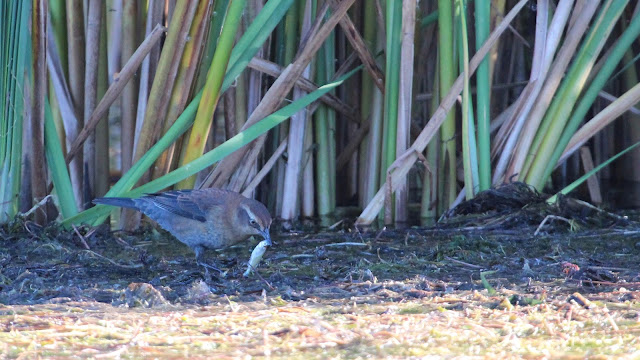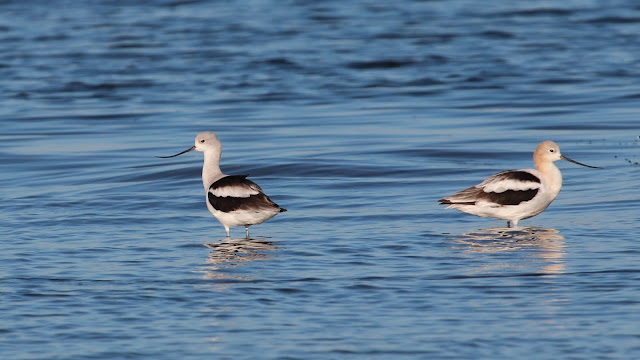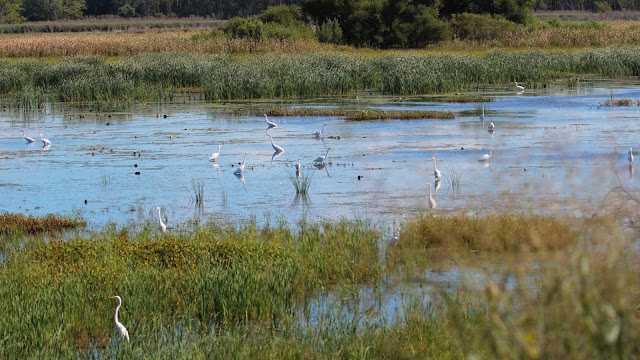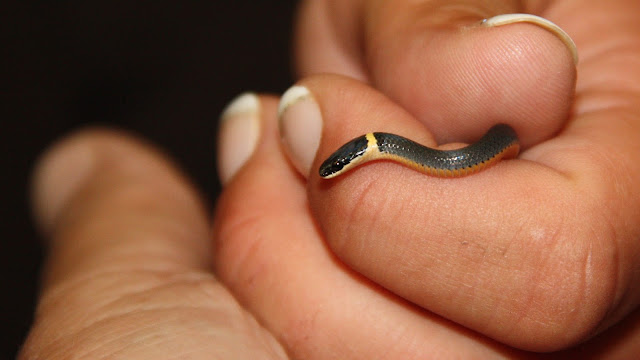Cape May warbler- fall migration

The fall migration is continuing with low numbers of birds but good variety of species. We had 10 species of warblers yesterday including Cape May warblers. Setophaga tigrina The tongue of the Cape May Warbler is unique among warblers. It is curled and semitubular, and is used to collect nectar during winter.









